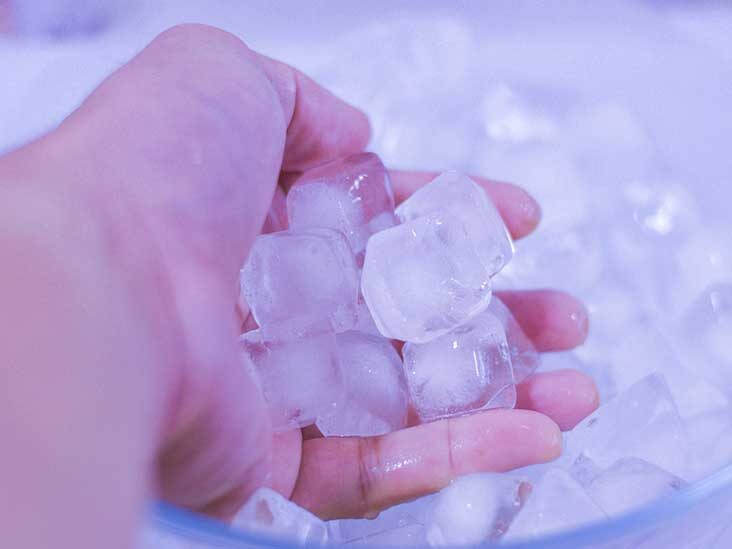
Cryotherapy is a controversial therapy that may offer some key benefits to those suffering from chronic and hard-to-treat issues.
Whole Body Cryotherapy
Cryotherapy is the targeted use of cold to treat specific problems, such as exercise-related injury and the pain that comes from the muscular-skeletal injury. Whole Body Cryotherapy, or WBC, is a process of immersing a treatment candidate into a chamber that emits ice-cold vapors, ranging between a bone-chilling -110? to -160 ? (or around -160? to -220?). The patient receives these subarctic cryo waves for what is usually intervals that last between 2 to 4 minutes.
To protect from some of the effects of the cold, patients wear underwear, gloves, and socks to ward off the cold to some of the most sensitive and vulnerable parts of the anatomy.
Fans of the benefits of cryotherapy are impressed with the way it effectively reduces pain and the devastating effects of inflammatory disease on the body. It is able to improve joint function in stiff and painful joints and is valued by athletes for its ability to improve recovery and performance. Whole-body cryotherapy is reported to even possibly help with the treatment of some mental health issues.
Some Possible Downsides
Because of the extreme cold that is involved in treatment, there are detractors of this treatment therapy. The main criticisms involve the most obvious: the fact that frostbite can be an issue with human tissue being exposed to such cold temperatures. Other potential issues involve the cold temperatures and confined space causing potential respiratory issues. Asthma attacks, for instance, can be triggered by such an intense burst of cold. Blood pressure increase has been a side effect, and there are no long-term studies of how cryotherapy affects the human body to fall back on.
What Is A Cryo-Chamber?
The cryo-chamber itself is tube-shaped. Although the majority of the chamber is enclosed, the area around the face is open, to keep the head of the treated patient at room temperature. The unit emits cold air or the cold air is pumped in through forced convection from an external cooling unit. The main science behind the efficacy of this therapy surrounds the rapid reduction of body tissue temperatures. This causes a reduction of core body temperature, which leads the body to begin a sort of shock-induced process of autonomic nervous system behaviors. This causes resulting hormonal changes.
Norepinephrine is released as a result of the lowering of core body temperatures. This causes a cascade of changes in the body, including an increase in blood pressure, which causes the heart to permeate the tissues with more aggressive force. Heart rate is a variable reaction, with either a rise or fall in activity.
Cryotherapy is reportedly unpleasant when therapy is begun but gets better with each treatment. It takes time for the body to adjust to the low temperatures. People who suffer from high blood pressure shouldn’t undergo this therapy, as it increases the risk of stroke or heart attack. Pregnant women or children have not been medically cleared to use this kind of therapy, as there is a lack of information on the outcome or side effects in those demographics. Cryotherapy should never last more than a few minutes, at the risk of hypothermia or death. Sleeping is contraindicated, and you should never nap in a cryo chamber.
Five Key Benefits of Using a Cryo Chamber
- Exercise recovery is improved
- Improved joint and tissue function in old injuries
- Potential mental health improvement
- Pain relief in arthritis and other disease processes that involves an inflammatory process
- Improved circulation, and decrease in inflammatory tissue processes
kumpulan tools
slot gacor deposit 5rb
https://deposit5000.site/
slot malam
colombia88
luckytoto889
luckytoto
https://slothailand.baju-biru.site/
slot gacor deposit 5rb
colombia88
pipa hdpe paling murah
luckytoto
slot freebet
https://grup889.com/
Slot Qris
situs slot luar gacor
Slot malam
Slot malam
colombia88

Speak Your Mind